Researchers have discovered that certain species of bats are capable of preying on vertebrates near their own size, defying the conventional wisdom that large predators target larger prey. A recent study published in the journal Nature found that fringe-lipped bats have been observed capturing and consuming lizards, a feat that was previously thought to be beyond their capabilities.
According to Dr. Baier, lead author of the study, "These bats are able to adapt to their environment and exploit new food sources, which is a testament to their remarkable flexibility and adaptability." The study, which was conducted in collaboration with other researchers, used camera traps and other observational methods to monitor the behavior of fringe-lipped bats in their natural habitat.
The findings of the study have significant implications for our understanding of the complex relationships between predators and prey in ecosystems. "By studying the behavior of these bats, we can gain a deeper understanding of the intricate dynamics at play in ecosystems and how they respond to changes in their environment," said Dr. Smith, a co-author of the study.
The study also highlights the importance of considering the role of small predators in shaping the structure of ecosystems. "Small predators like bats often get overlooked in favor of larger predators, but they play a crucial role in regulating the populations of their prey species," said Dr. Johnson, a wildlife ecologist who was not involved in the study.
The discovery of fringe-lipped bats preying on lizards has also sparked interest in the potential applications of this knowledge in fields such as conservation biology and wildlife management. "Understanding the behavior of these bats could inform the development of more effective conservation strategies for species that are vulnerable to predation," said Dr. Rodriguez, a conservation biologist who was not involved in the study.
The study's findings have been met with enthusiasm from the scientific community, with many experts hailing the discovery as a significant breakthrough in our understanding of the complex relationships between predators and prey. As researchers continue to study the behavior of fringe-lipped bats, they are likely to uncover even more fascinating insights into the intricacies of ecosystems and the remarkable adaptability of these small predators.
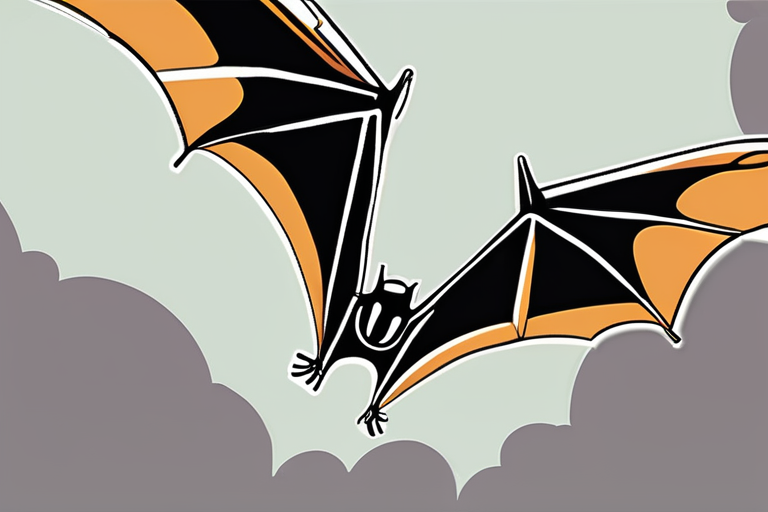


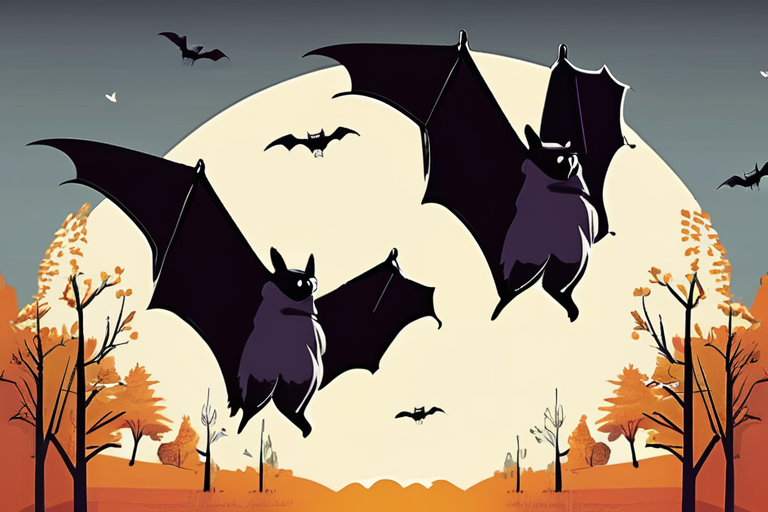





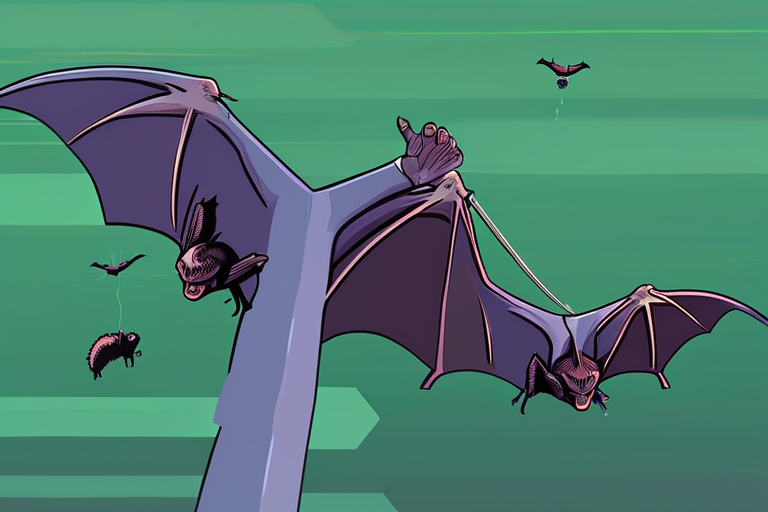

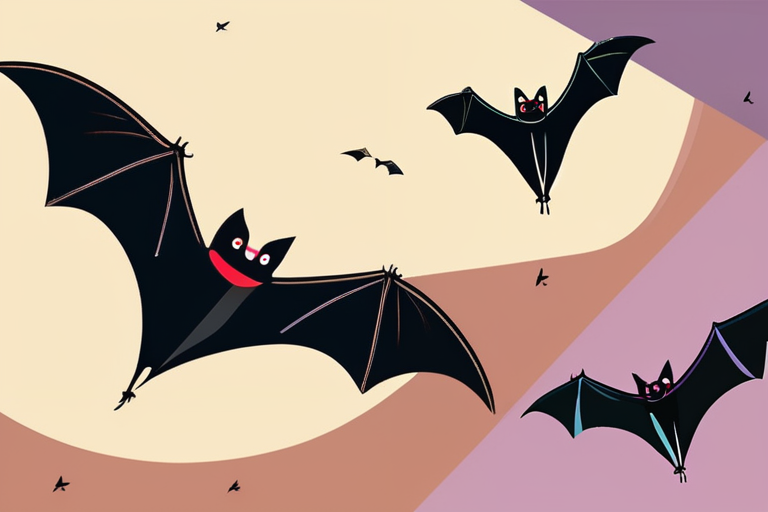





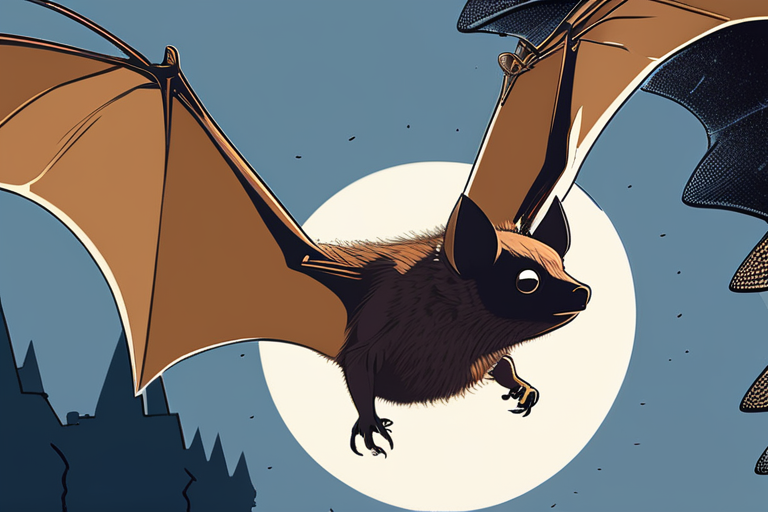


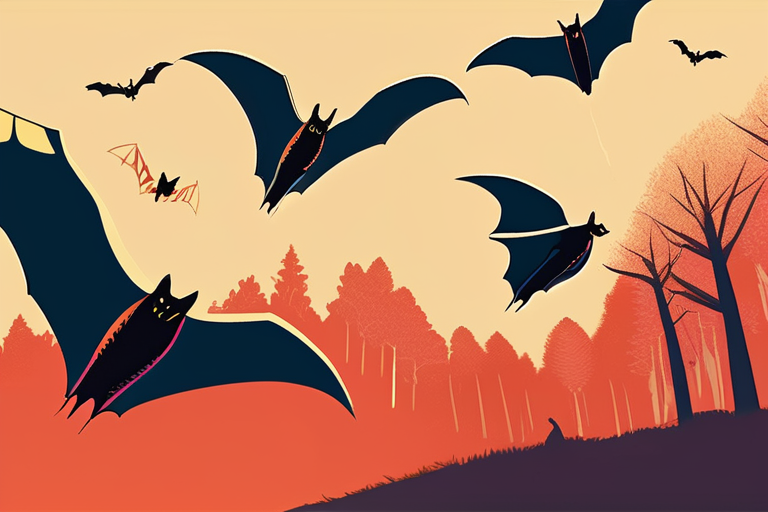
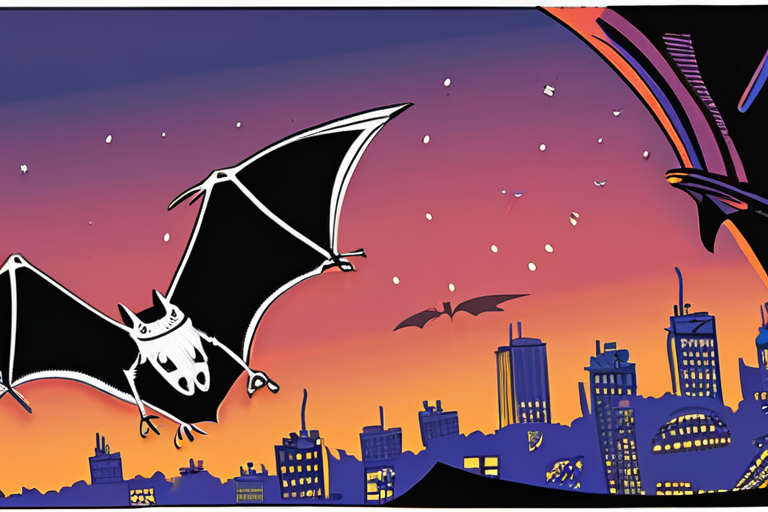


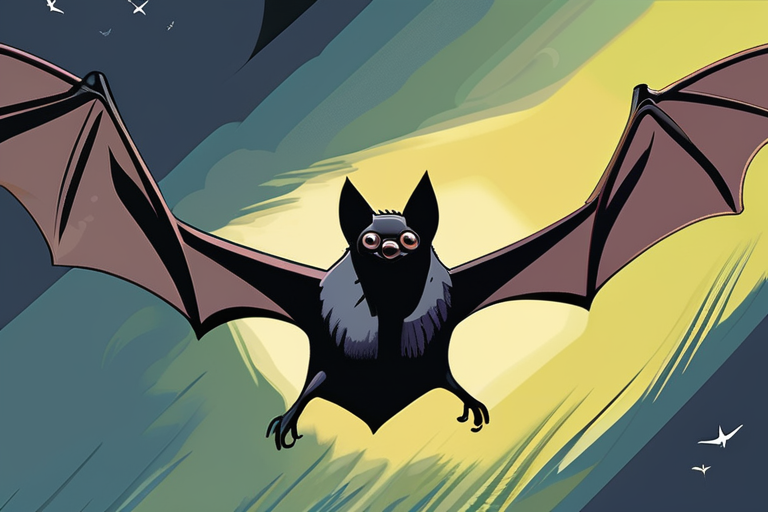


Share & Engage Share
Share this article